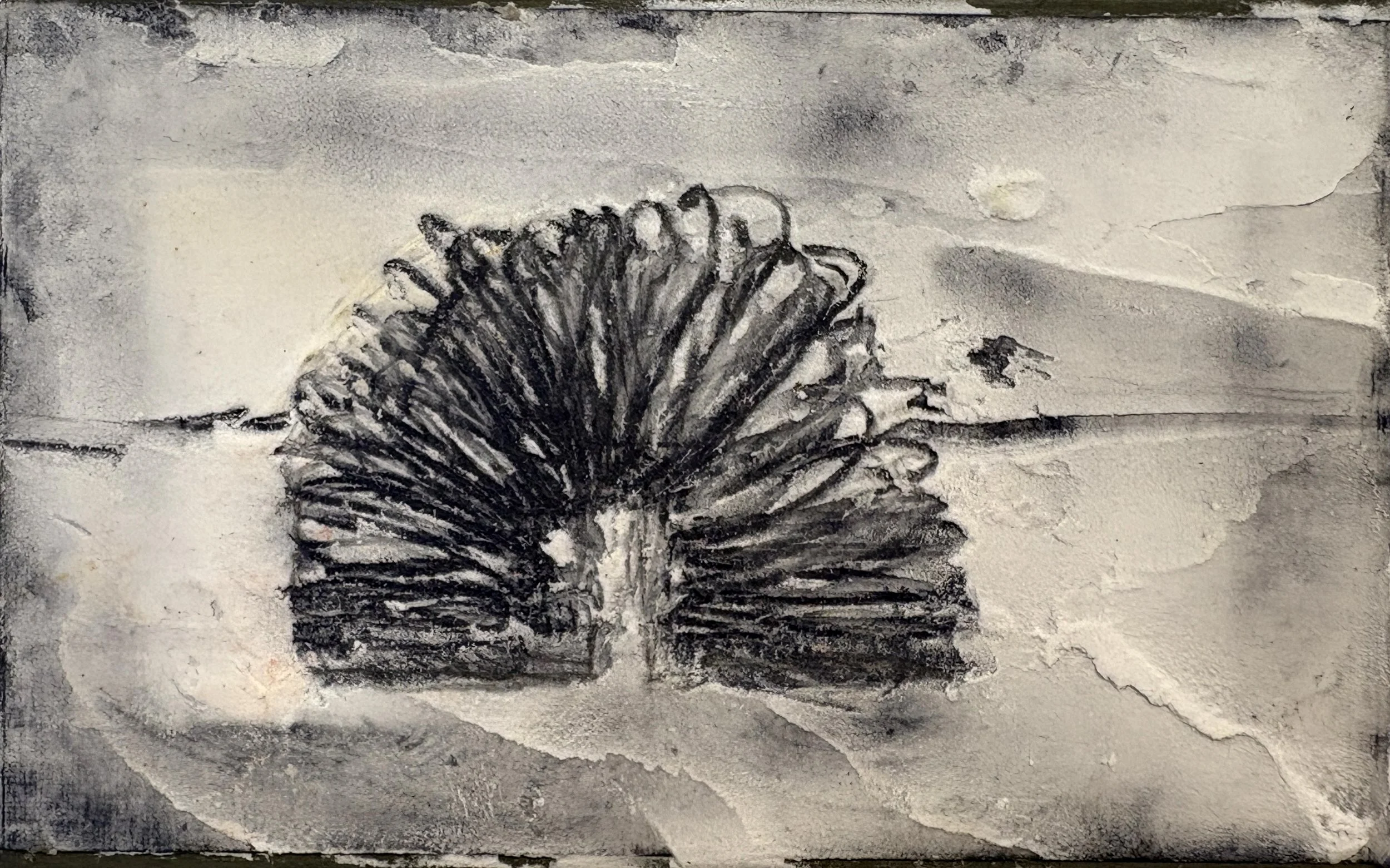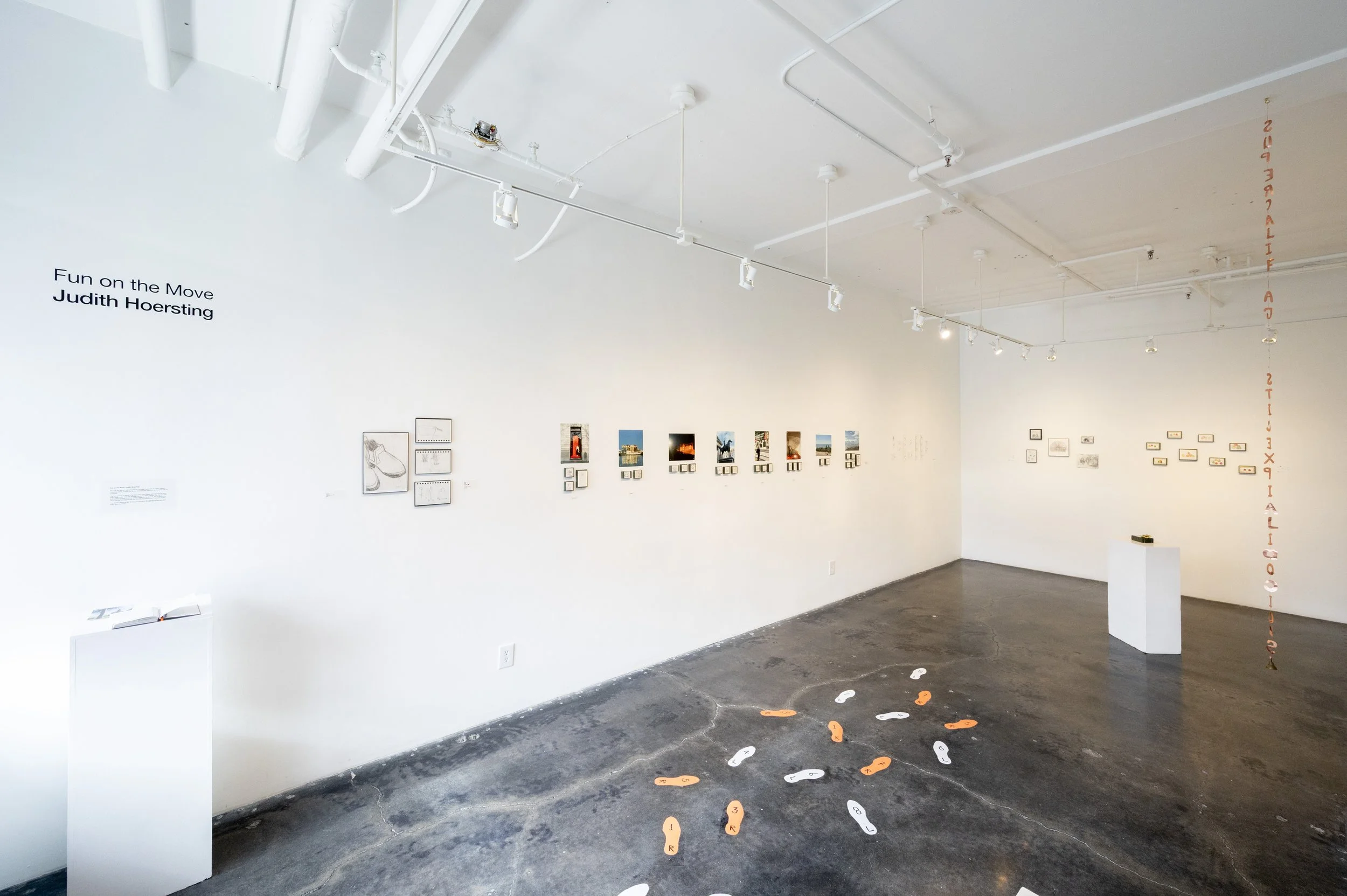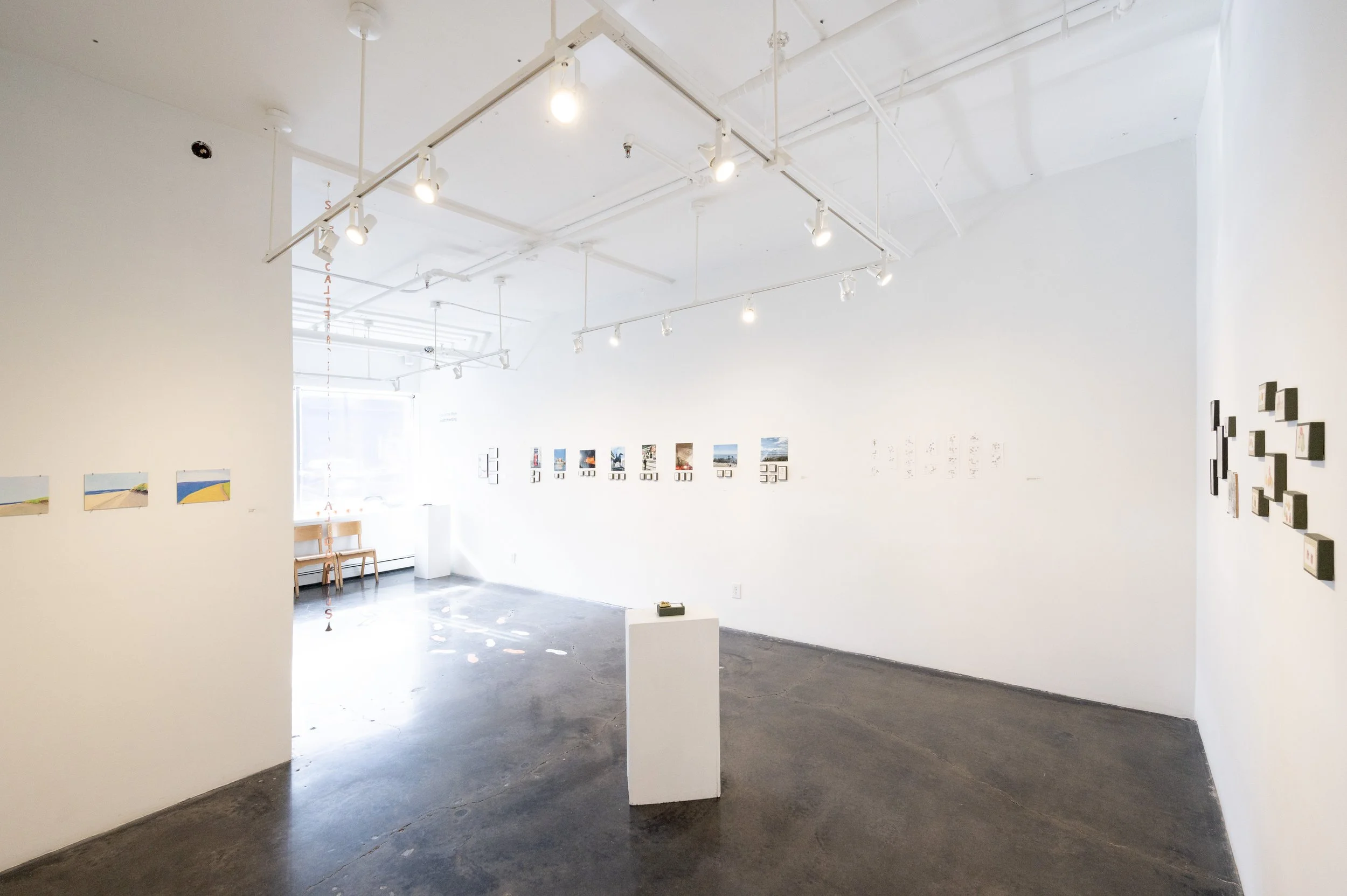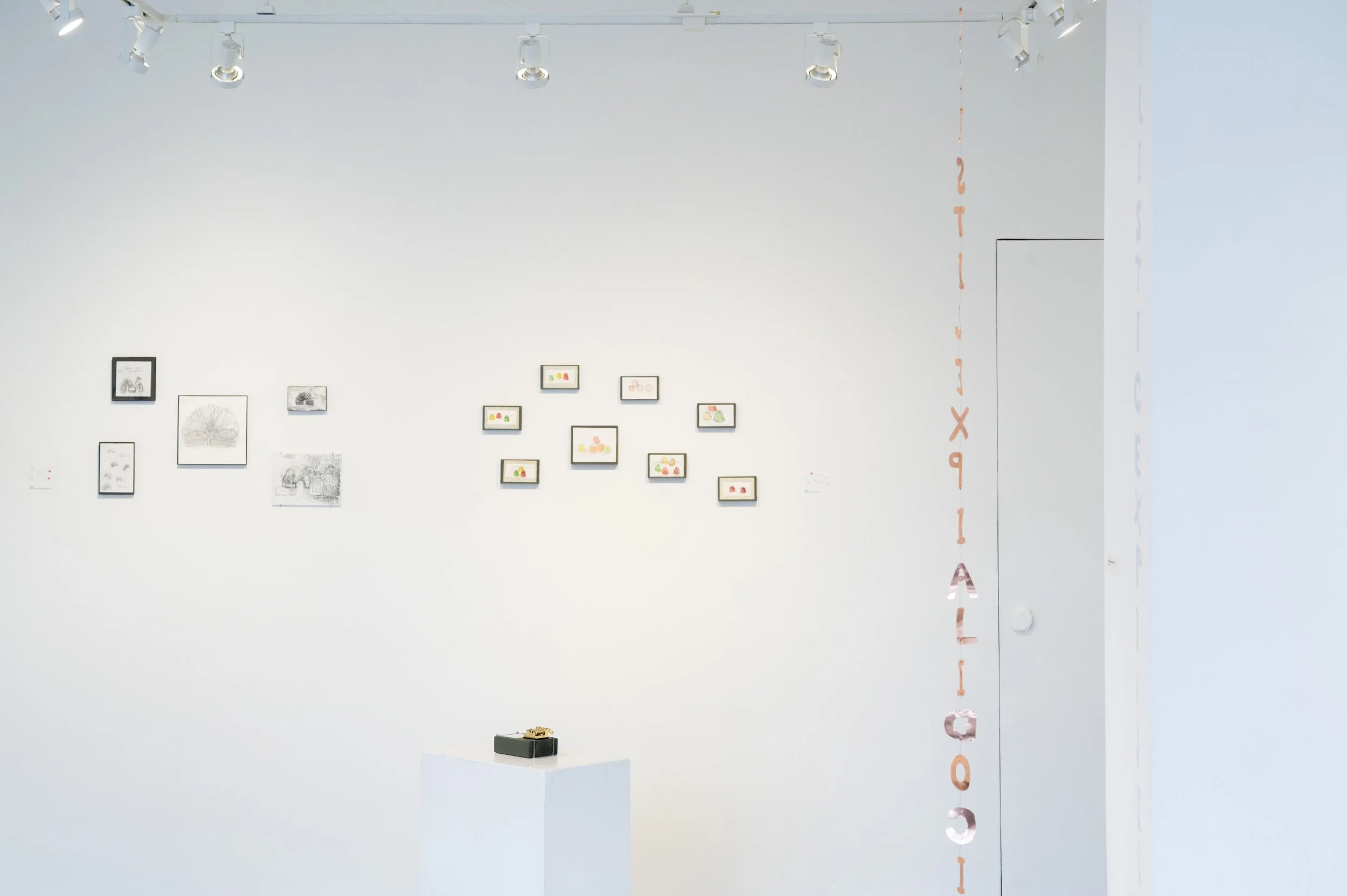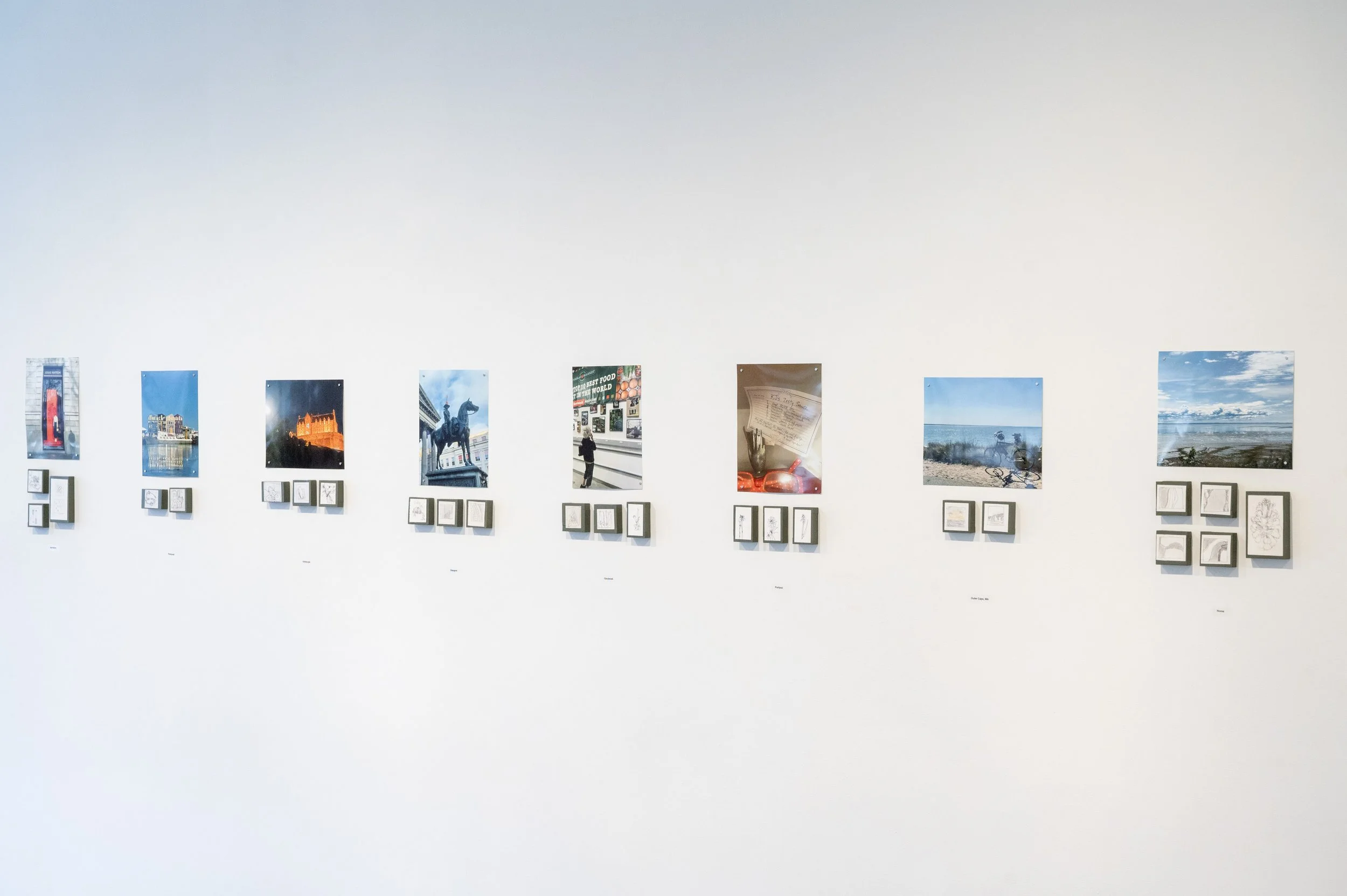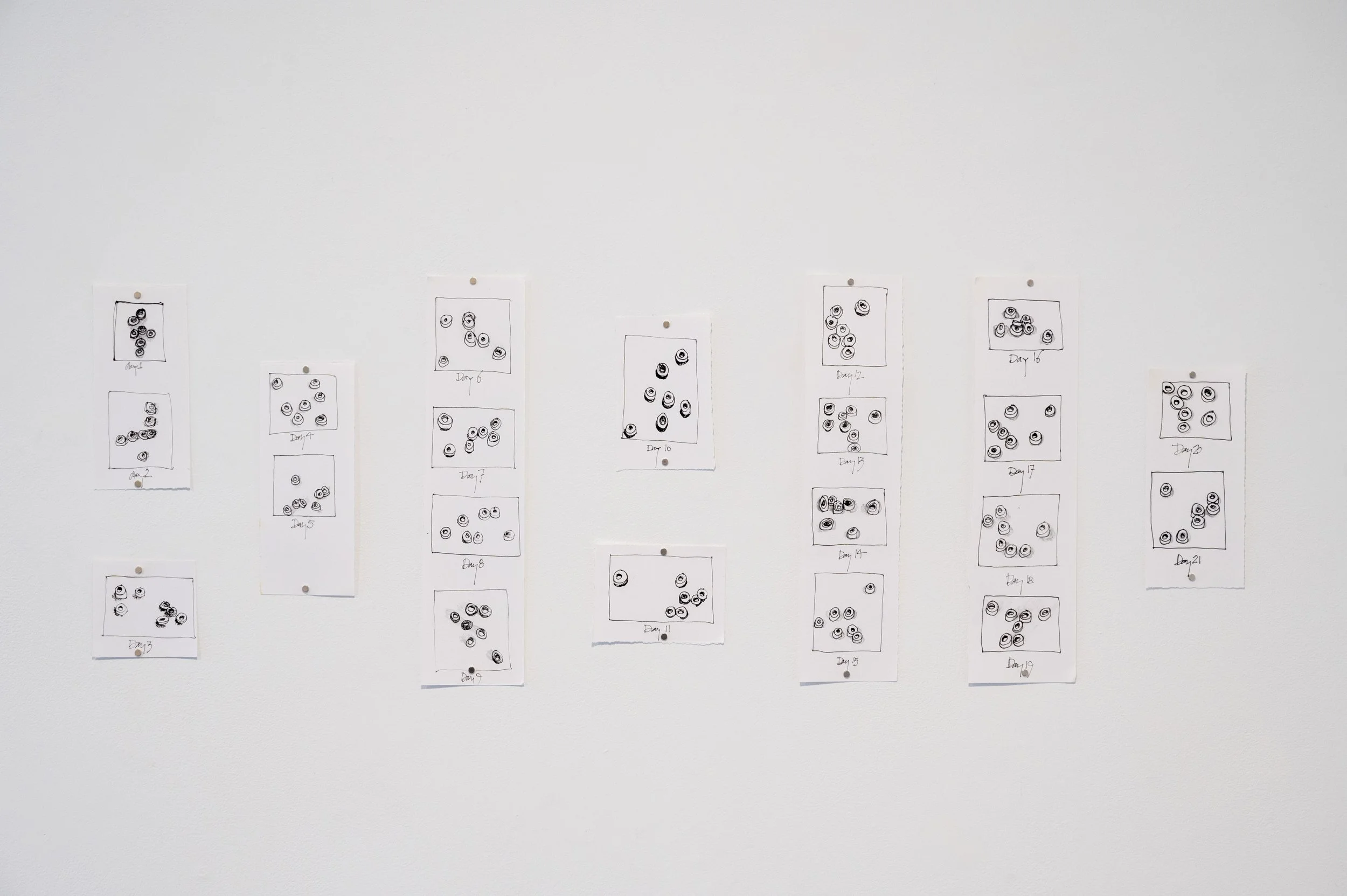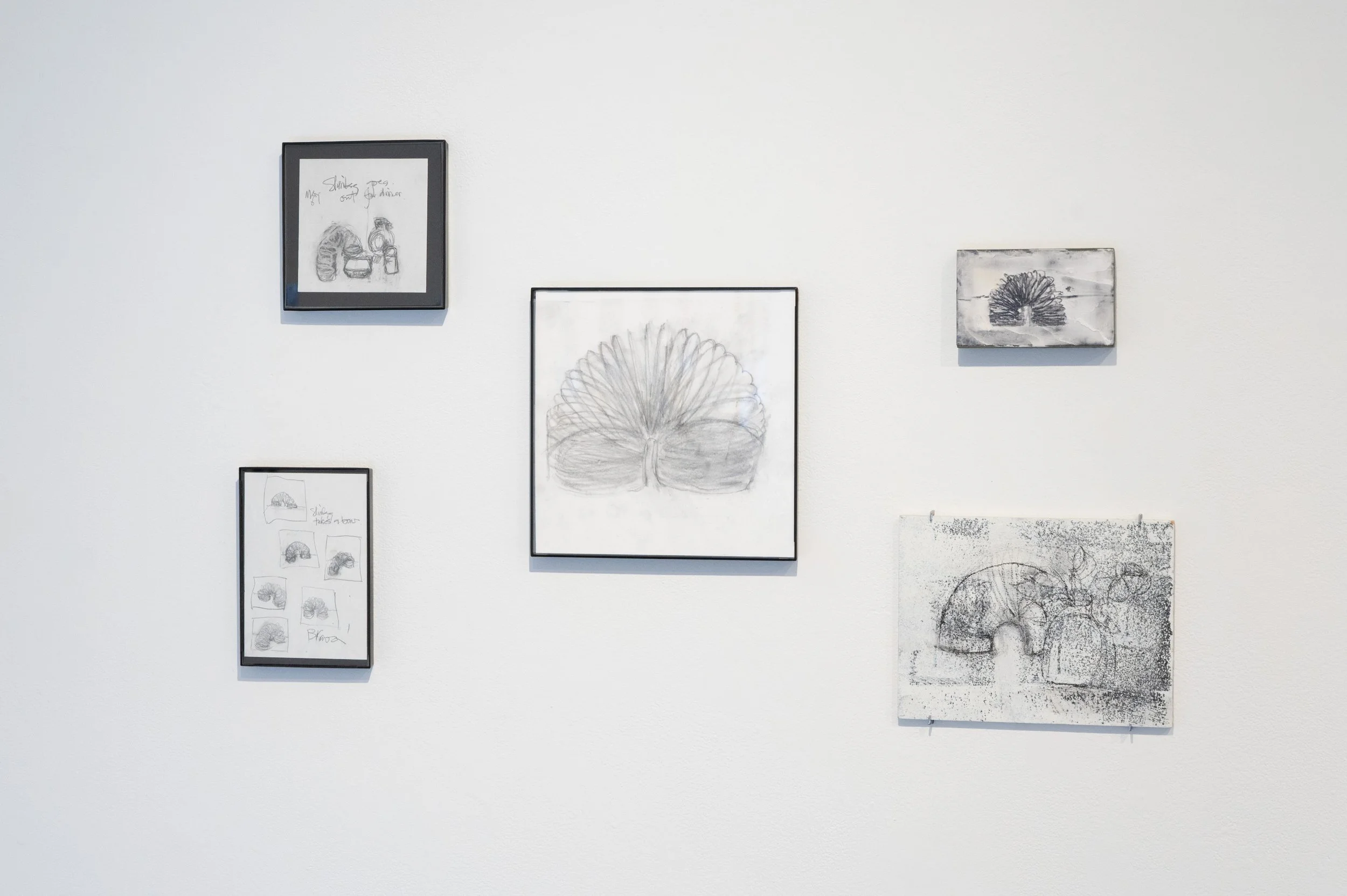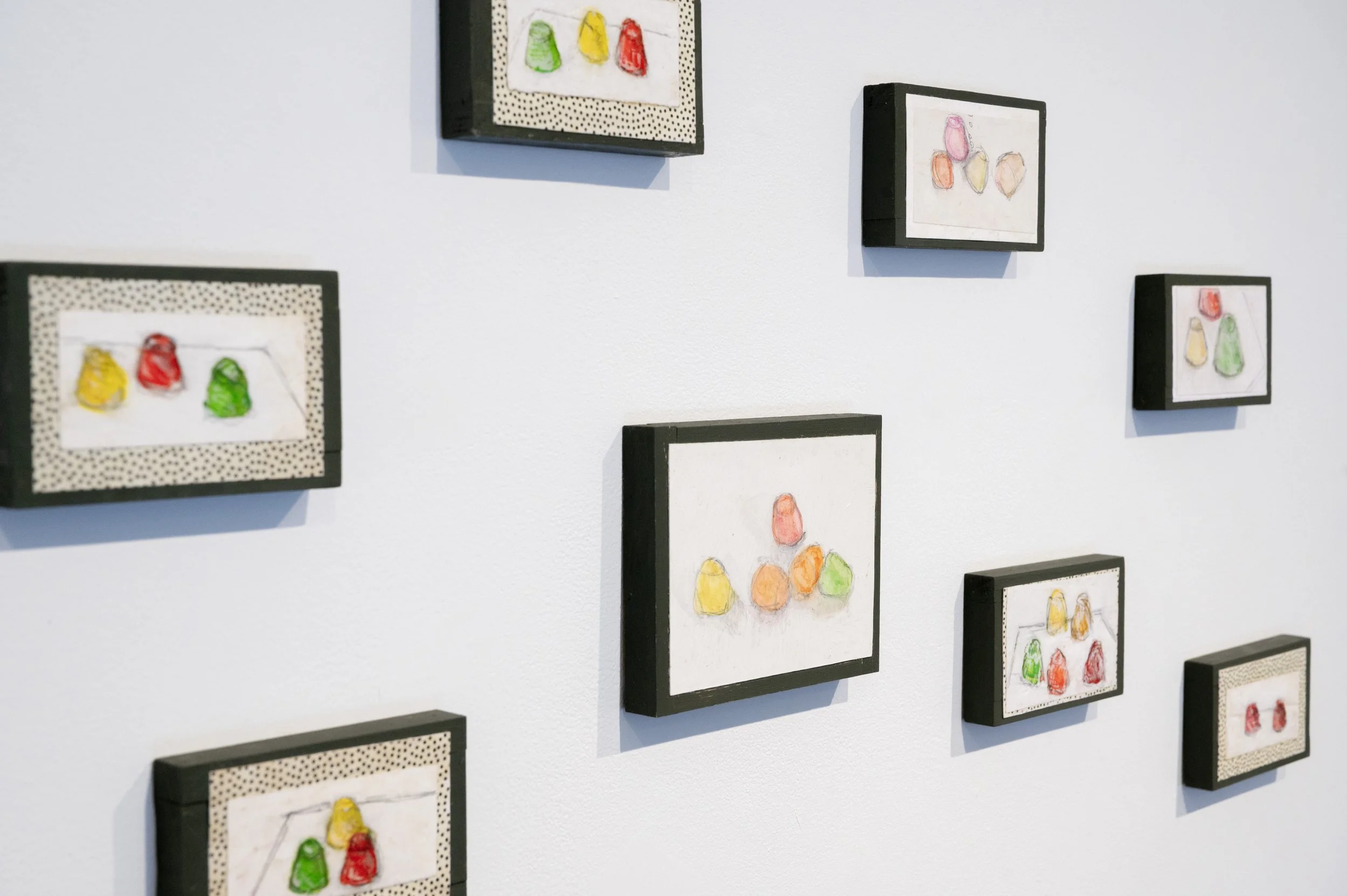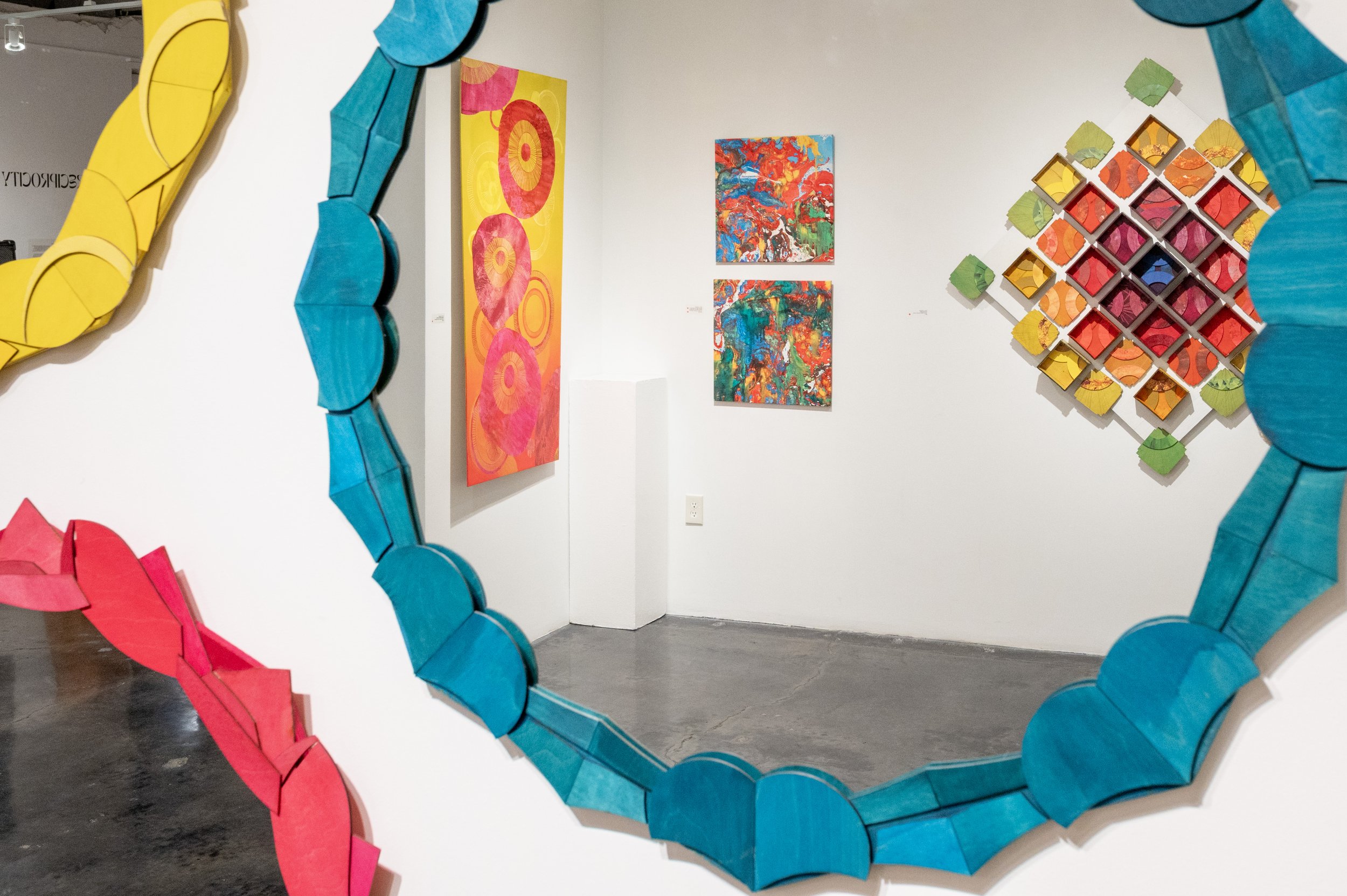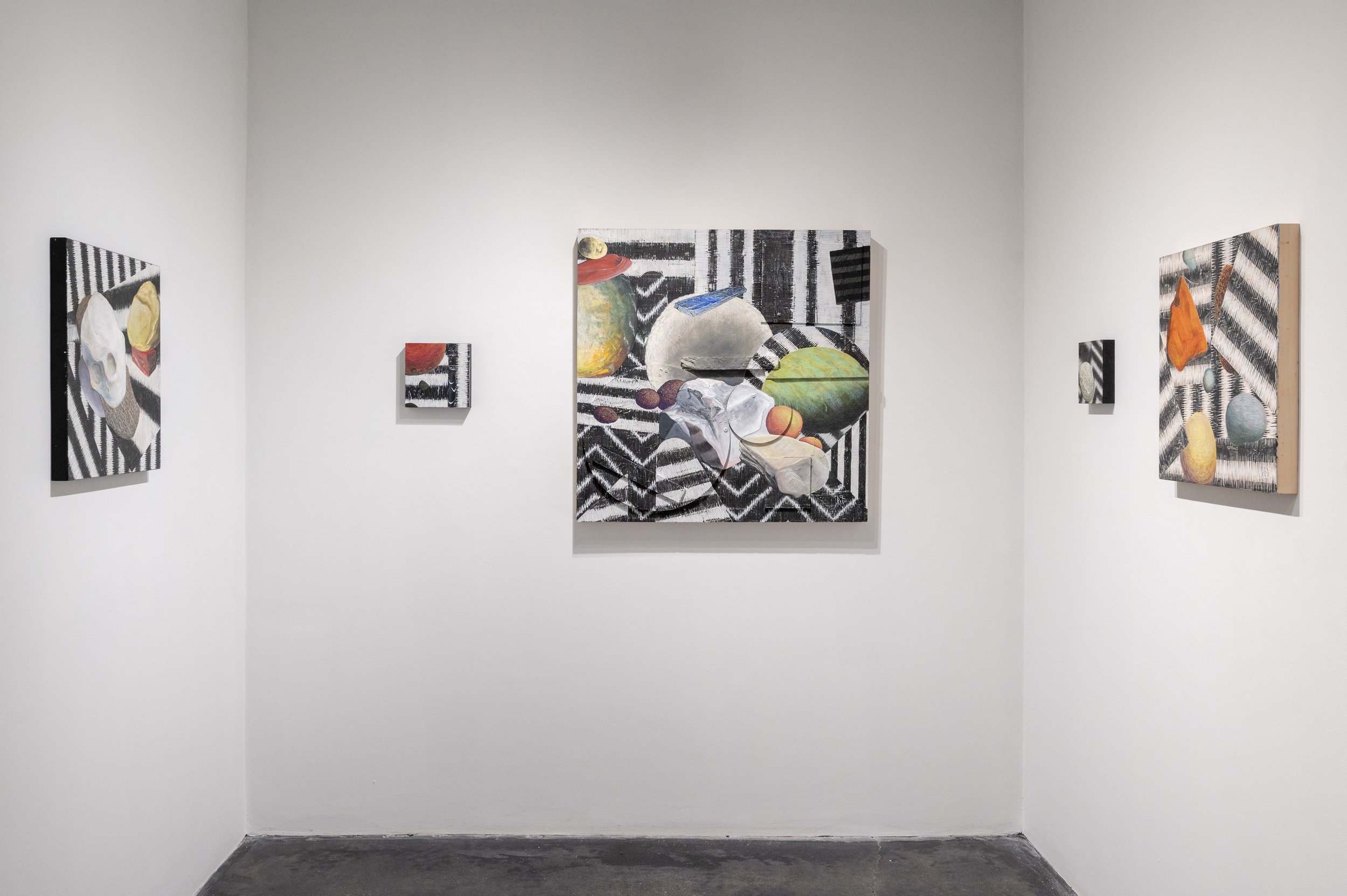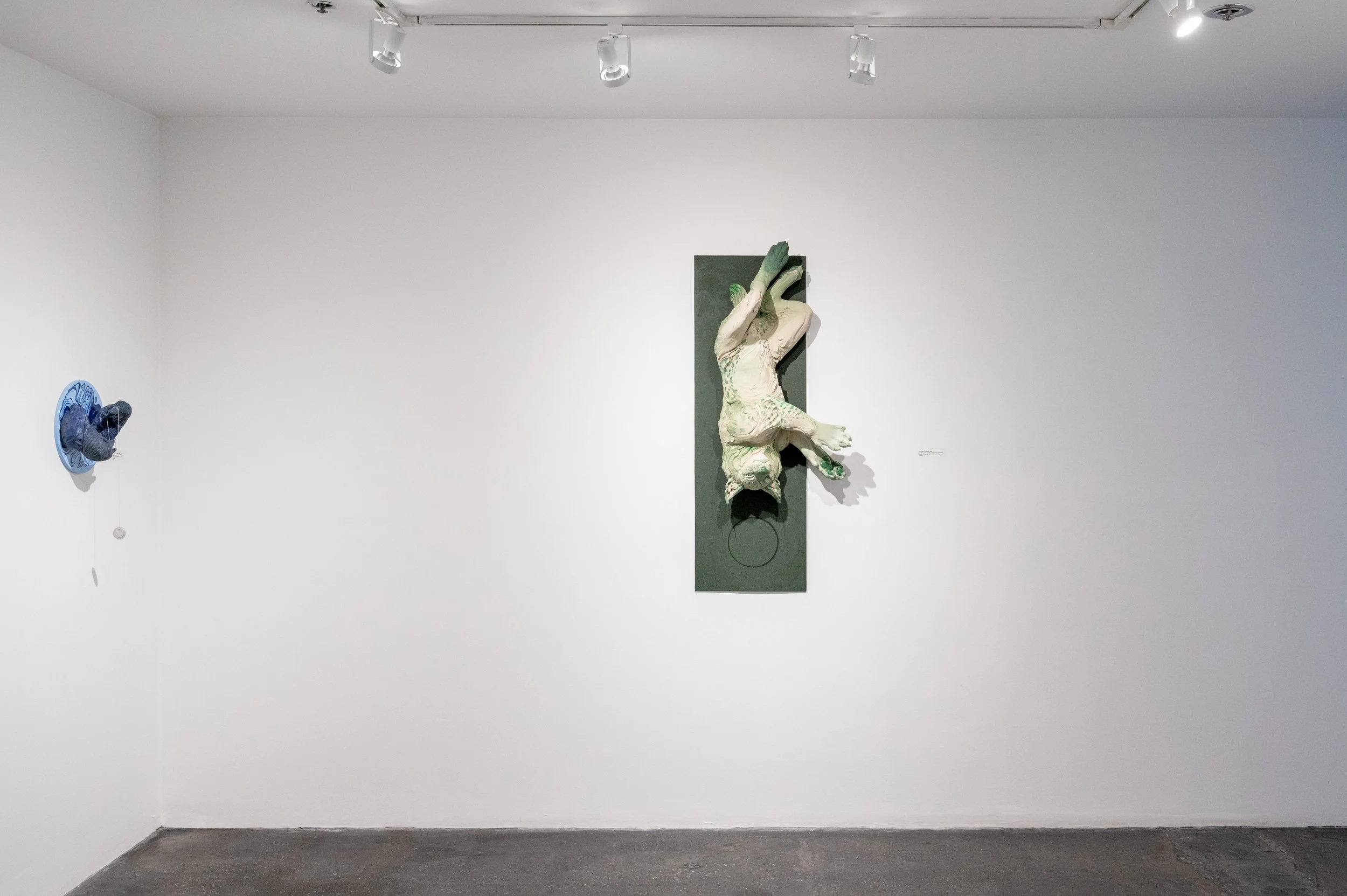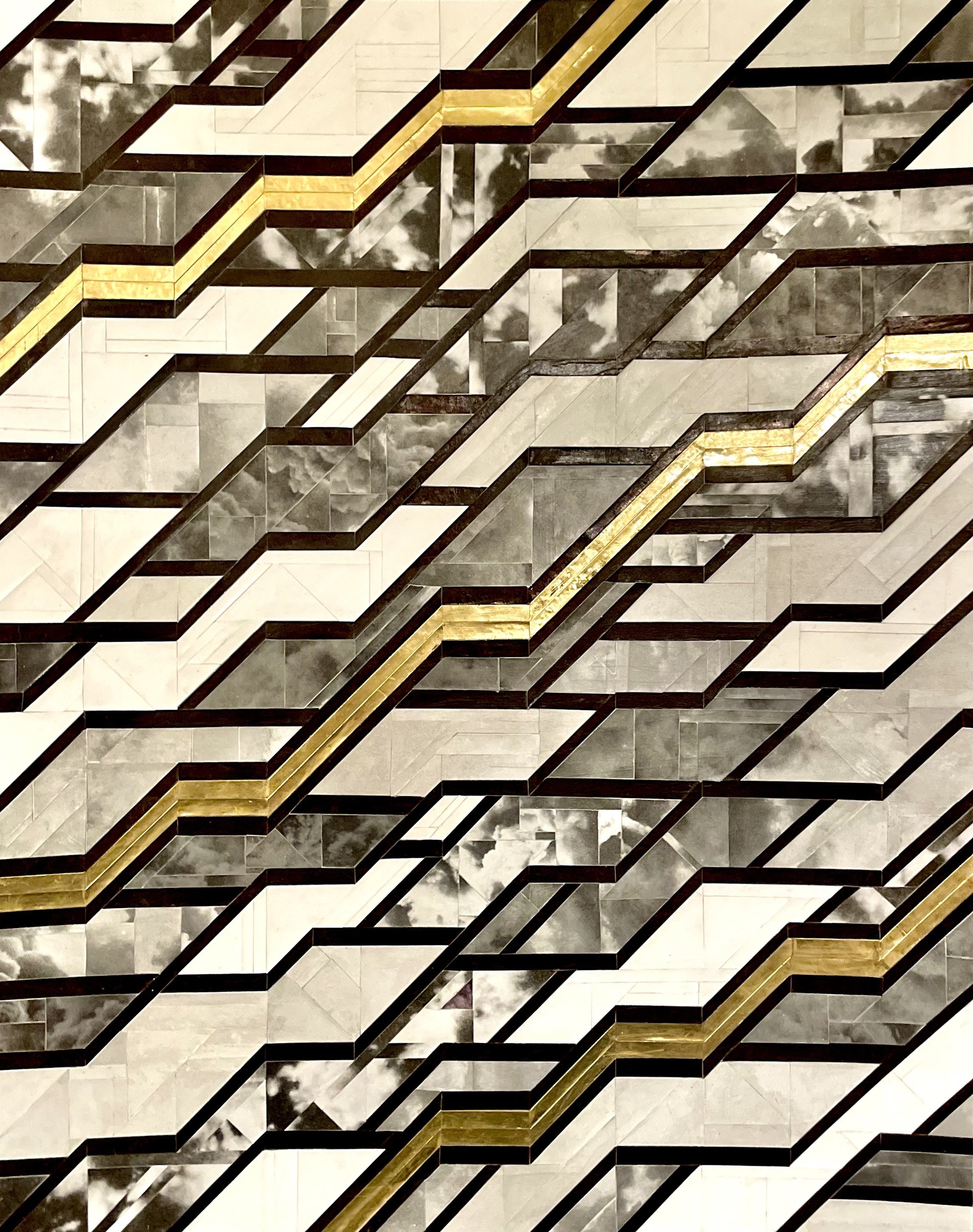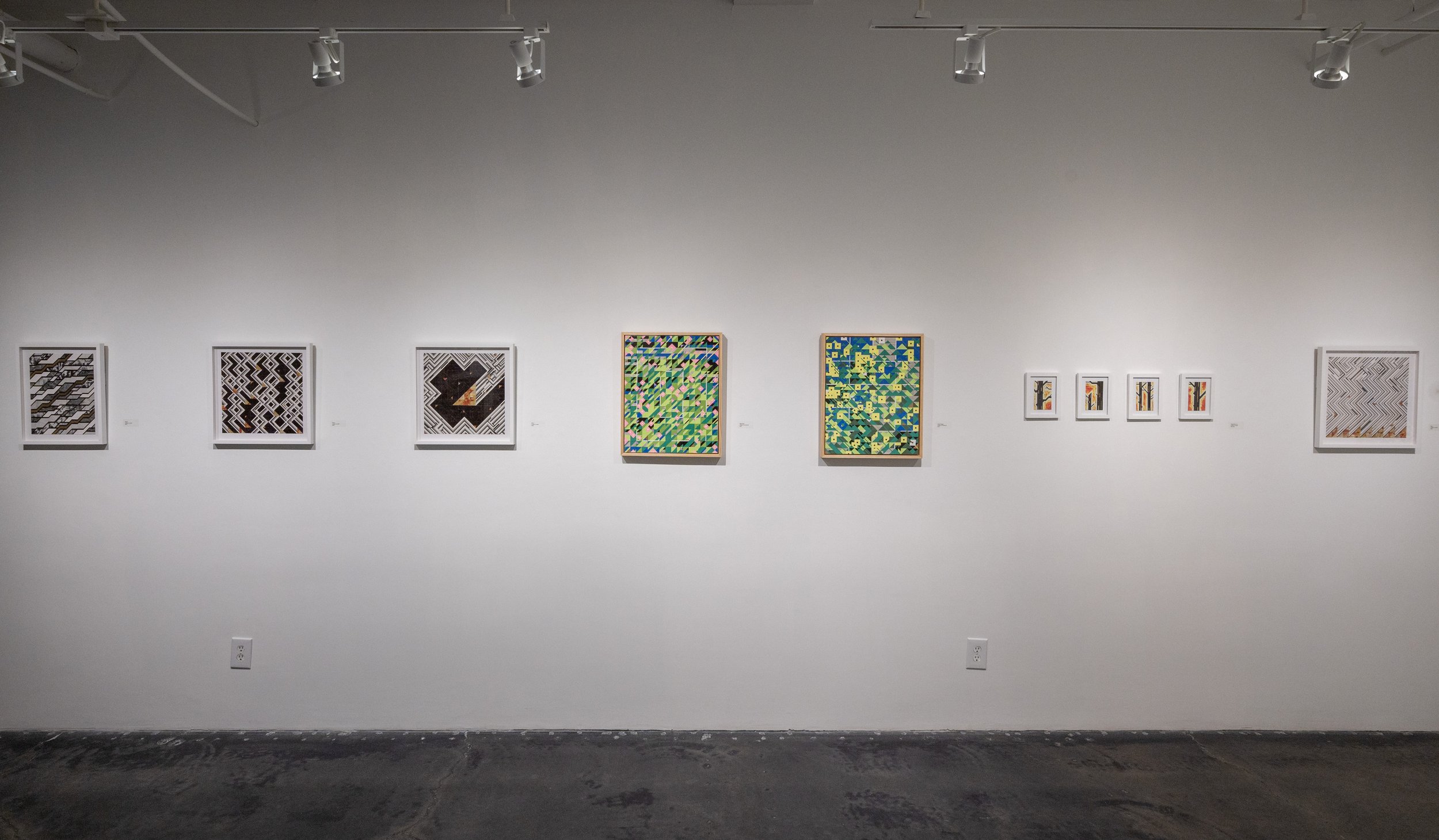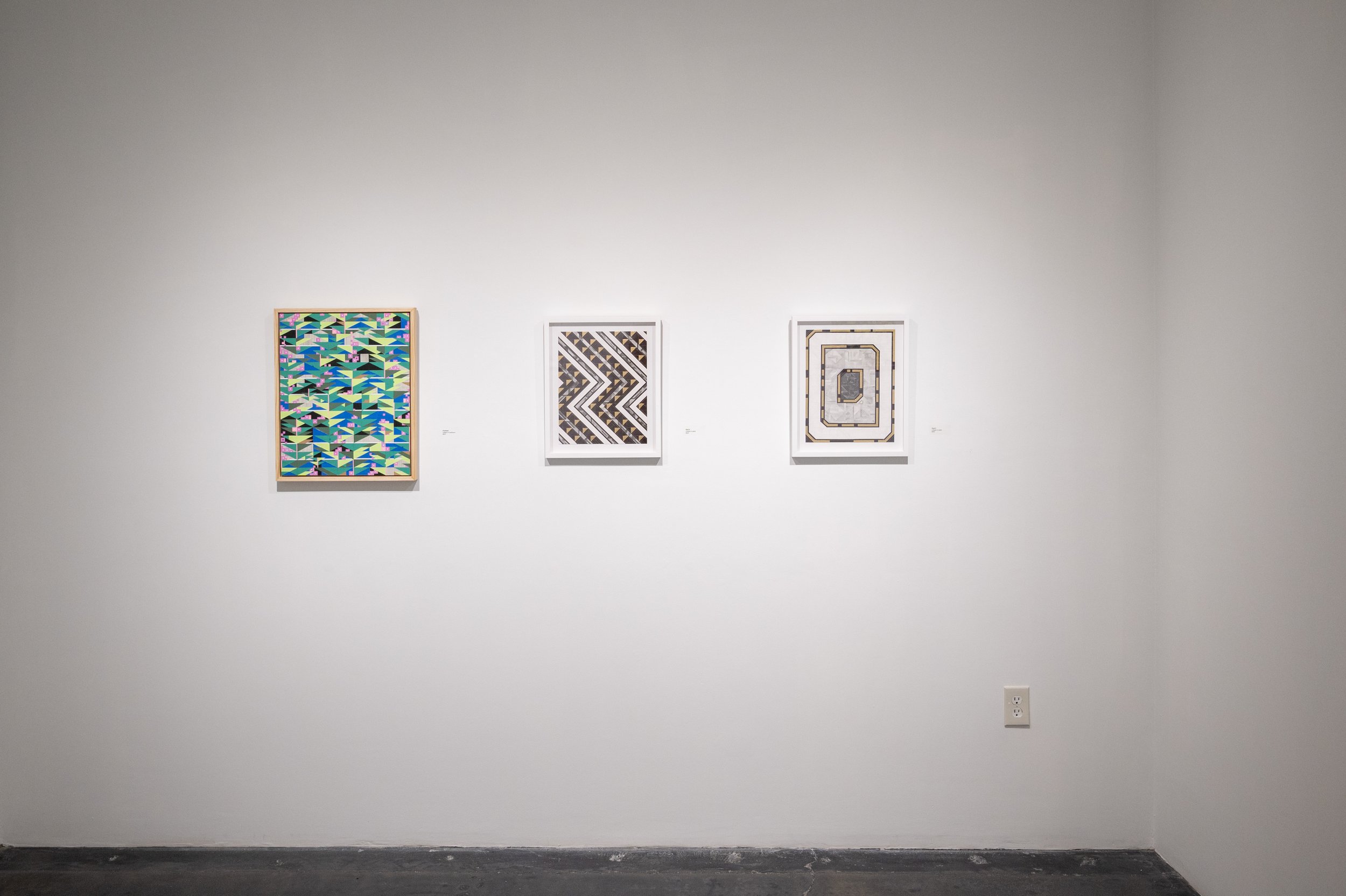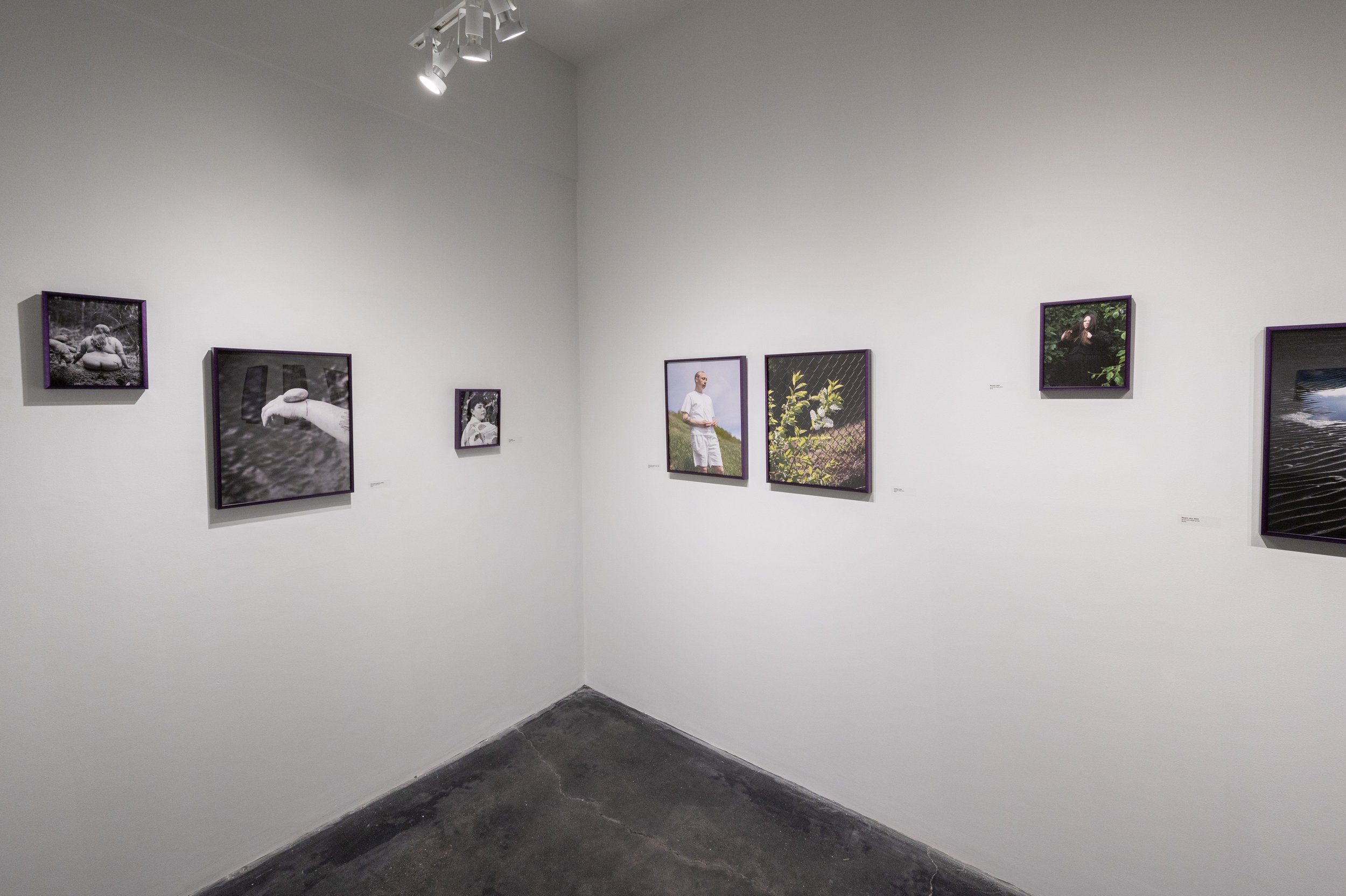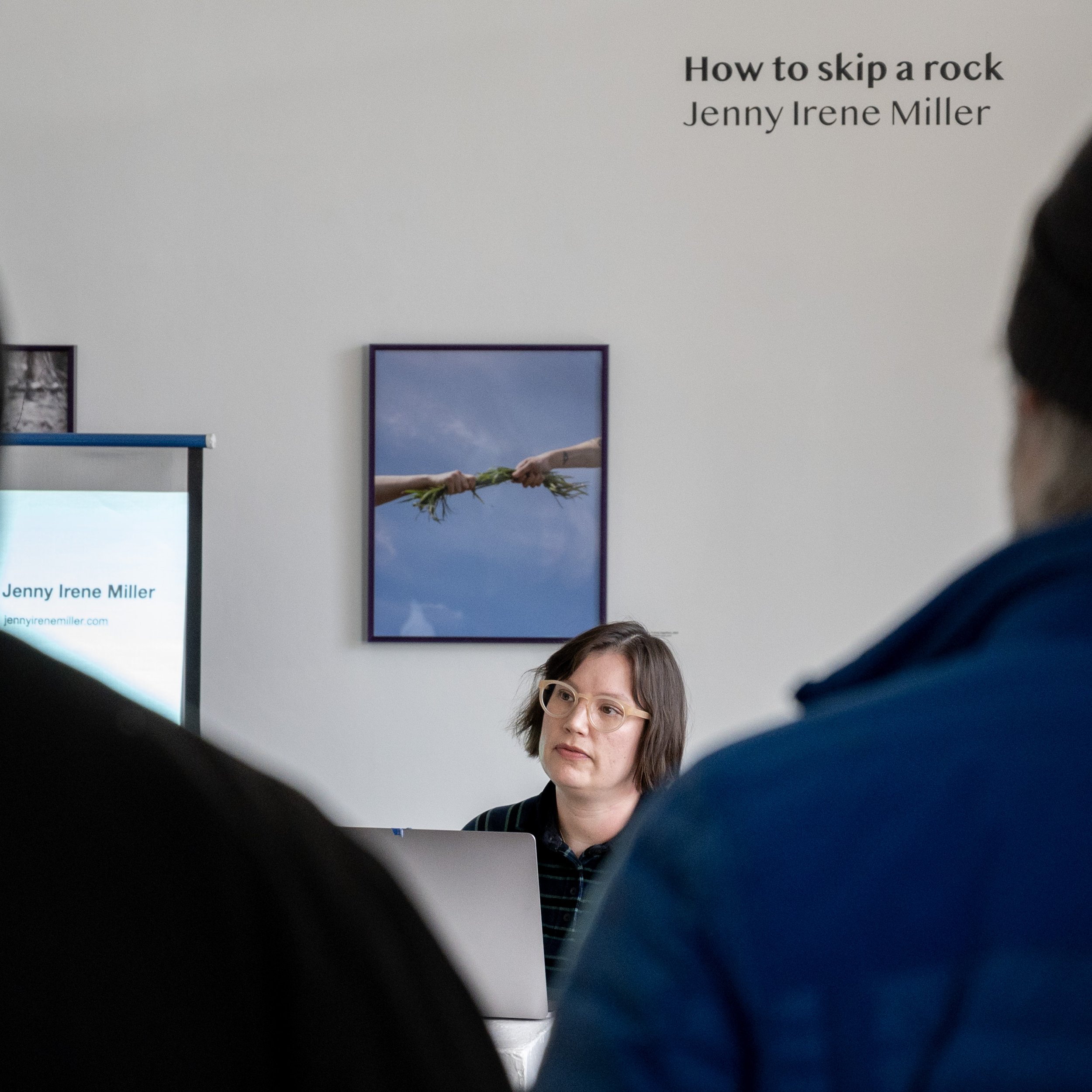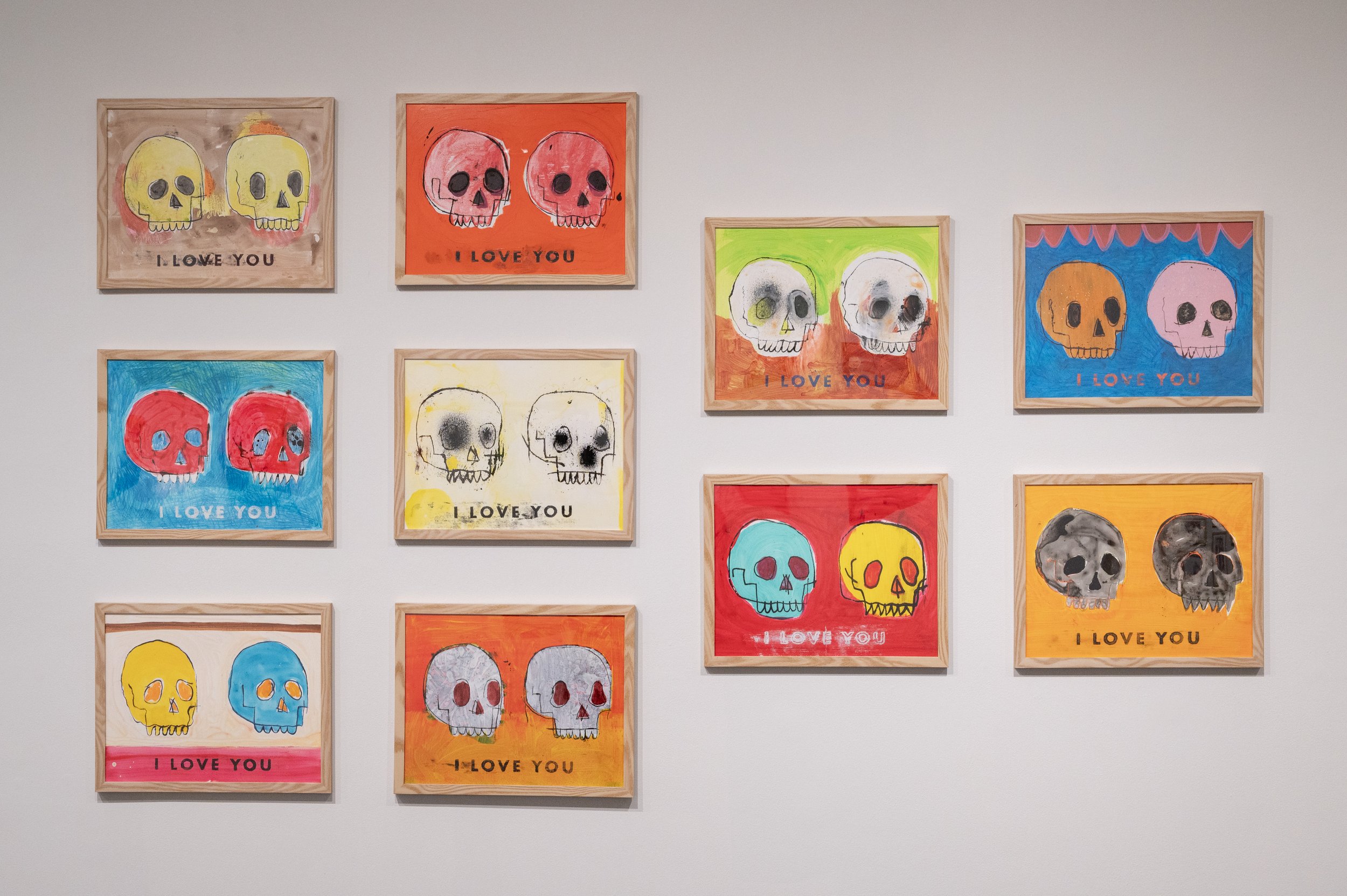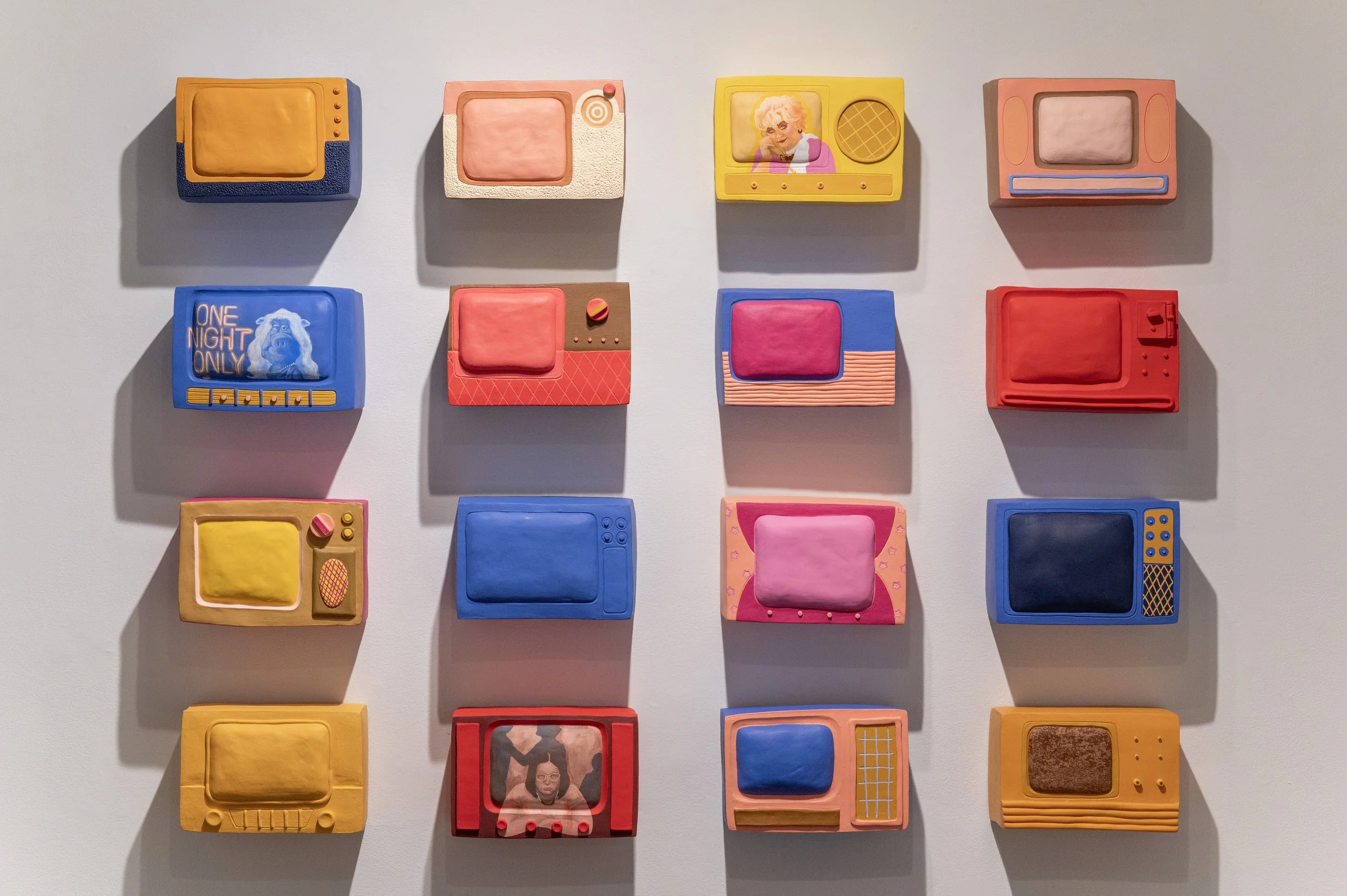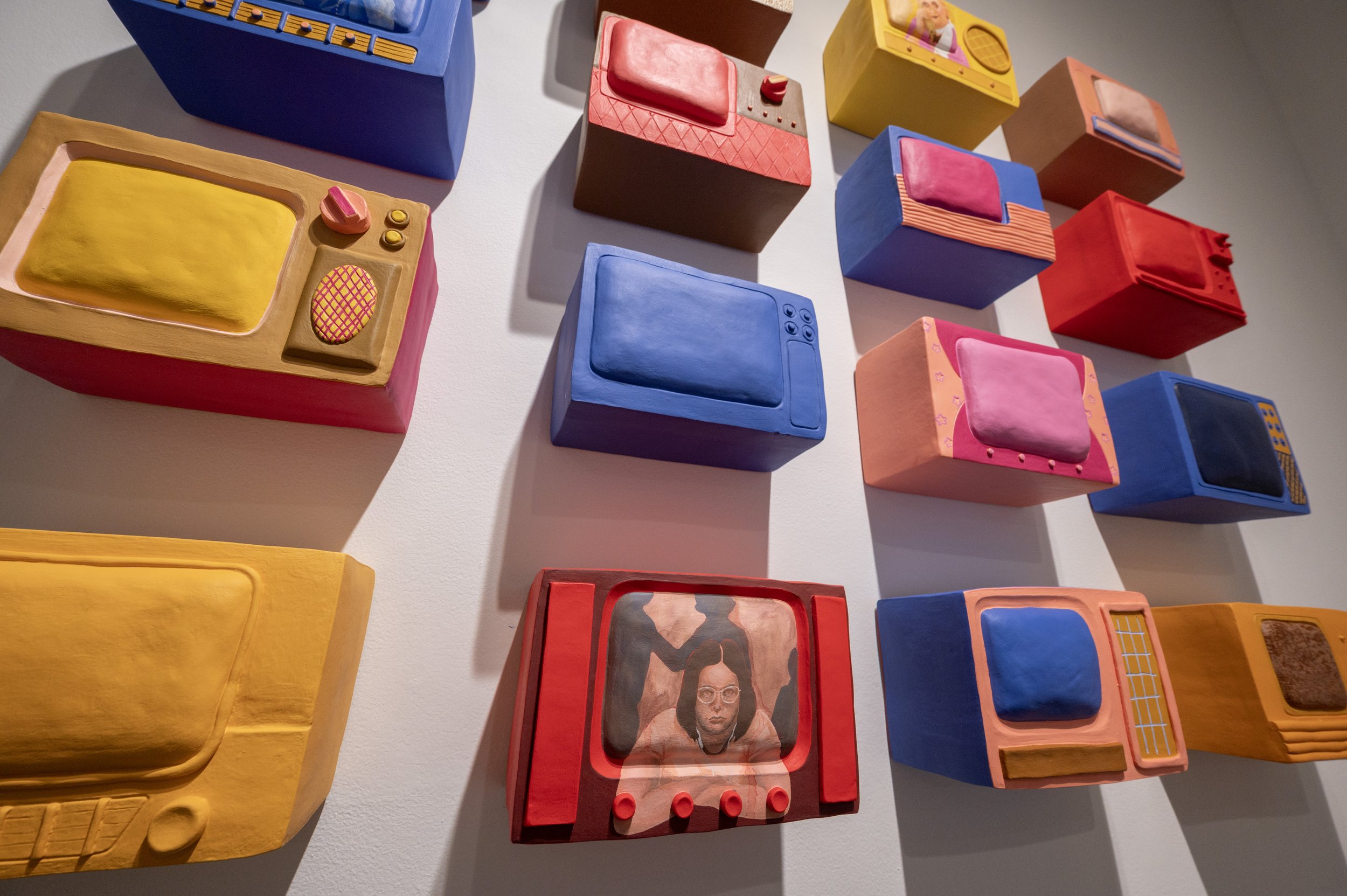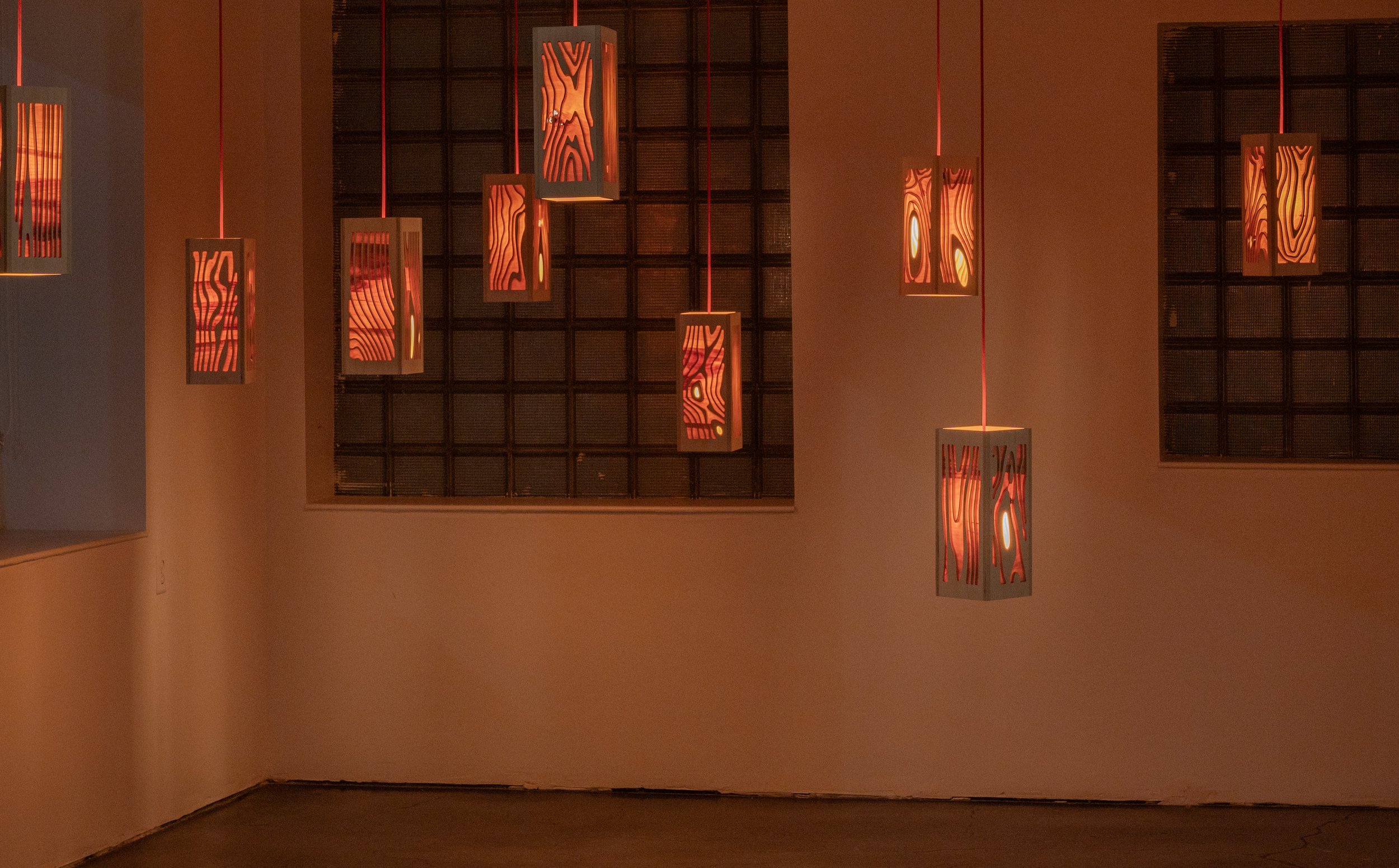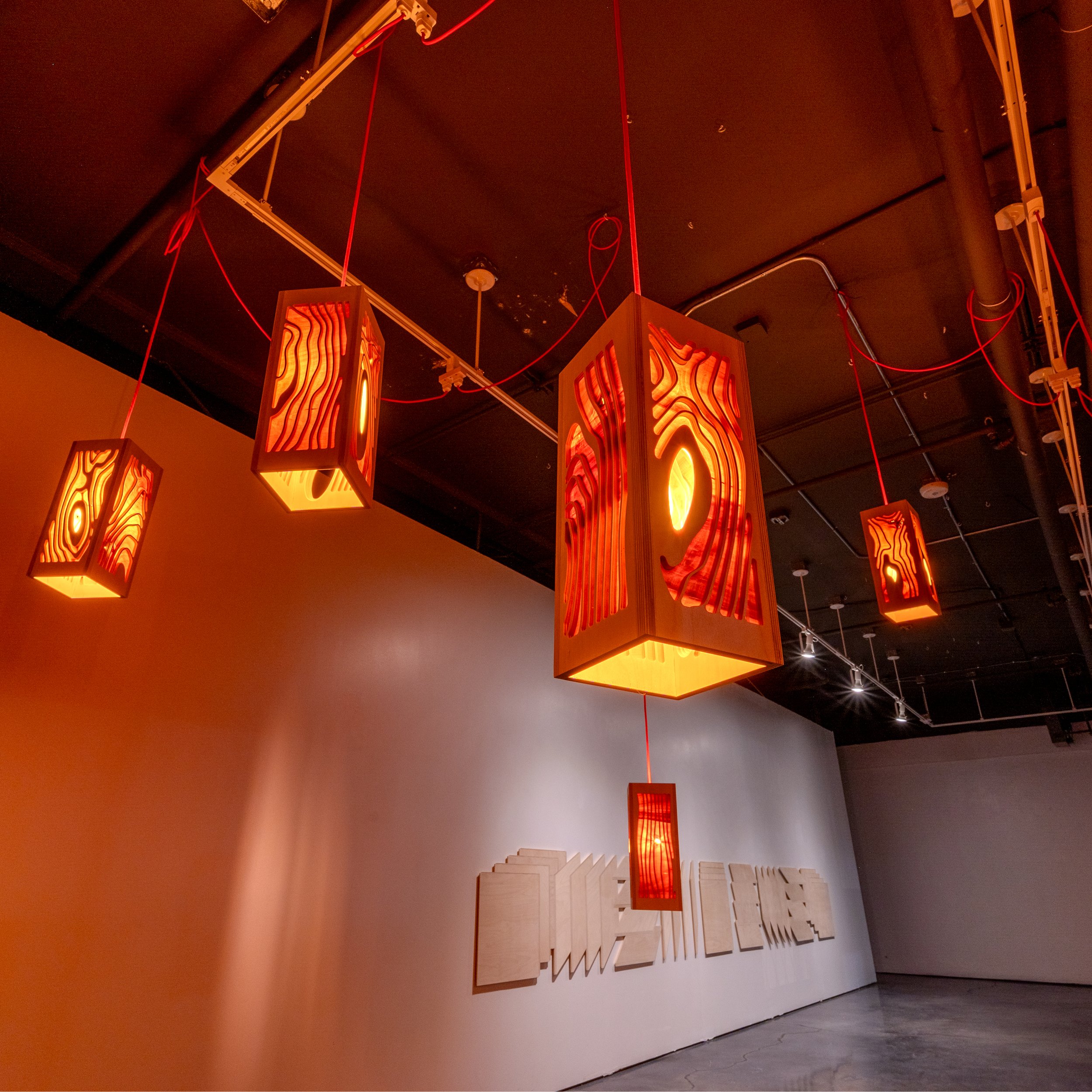JANUARY 2025
CENTER GALLERY
Old and New: Soft, Sweet, Feathered and Furred | Christopher Judd
This show is about animals.
Mostly bears, but mainly animals.
This body of work exemplifies who I’ve become as an artist, both in technique and subject matter. I love whimsy, I love characters, and I love storytelling. All of these drawings have pieces and parts of all three loves, but more than anything they’re a simple exploration of inspiration and imagery recorded the best way I know how.
The following is a collection of graphite drawings that I’ve created off and on over the past five years coupled with some of my work for 2024. It’s a contrast of an evolving style that exemplifies the first time everything clicked for me while drawing.
The drawing Jackal kicked off this long relationship with animals, and it was one of the first drawings that I had ever done that I felt pleasantly surprised by. Detail, feeling, composition, lighting, and style all finally came together into a picture that was the first major success in a medium I had not spent much time on in the 3 years preceding its creation. It was a moment where exploration in other media finally came together in the first material I was drawn towards.
I consider it to be the beginning of whatever mastery I demonstrate when it comes to Graphite drawing. The rest of the show is how things have gone since then.
Instagram @dao_ofdraw

